The main channel of the Jiangjia Ravine is divided into three sections with different morphologic characteristics: (1) the erosion zone, 10 km long with a 17° slope on average; (2) the transportation zone, 1.3 km long with a 5.1° slope on average, with great cross-sectional variation up to 16 m in depth caused by scouring and silting of previous debris flows; (3) the deposition zone, 4.2 km long with a 3.7° slope on average. DDFORS is located in the transportation zone of the Jiangjia Ravine. The observations usually focus on a straight valley that is 270 m long on a 3.4° slope. The cross-section is rectangular and instruments are installed on two banks for observation and recording flow properties.
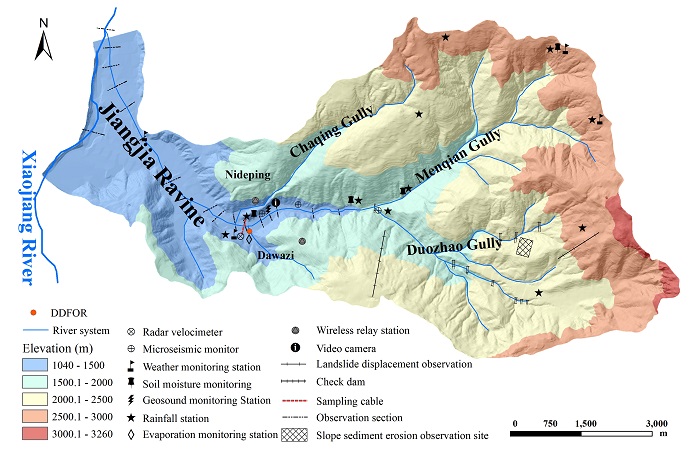
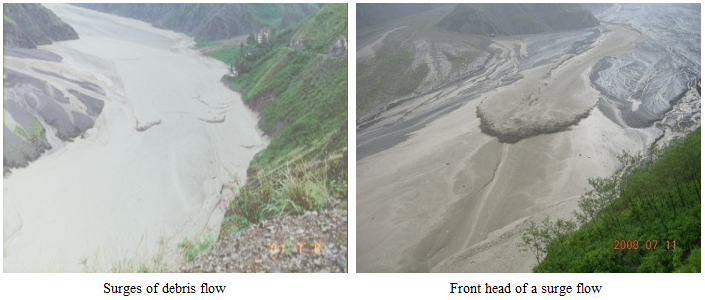
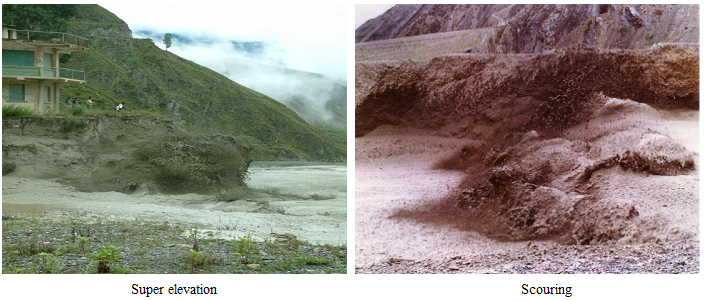
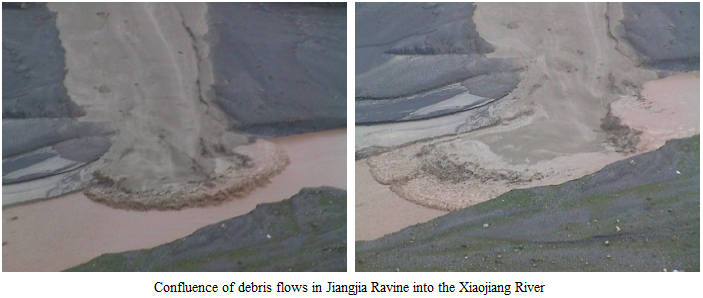
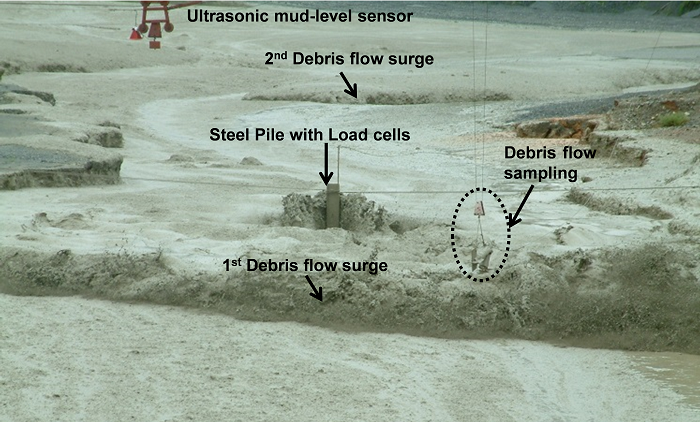
Field Study and Research Areas:
(1) Mechanisms of Soil/Slope Failure and Debris Flow Formation
(2) Dynamics of Debris Flow and Earth Surface Process
(3) Early-warning and Forecast
(4) Engineering Mitigation (Civil Engineering and Biology Engineering)
(5)Risk Assessment and Management
(6) River hydrology and Sediment transport
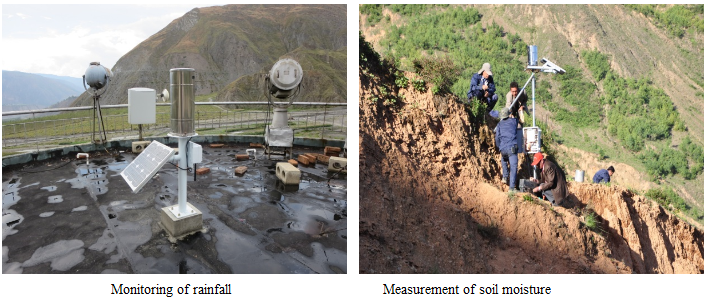
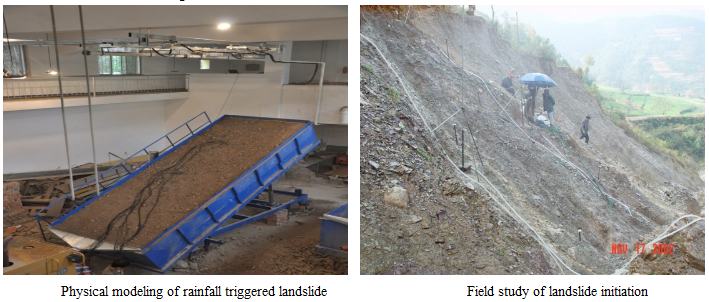
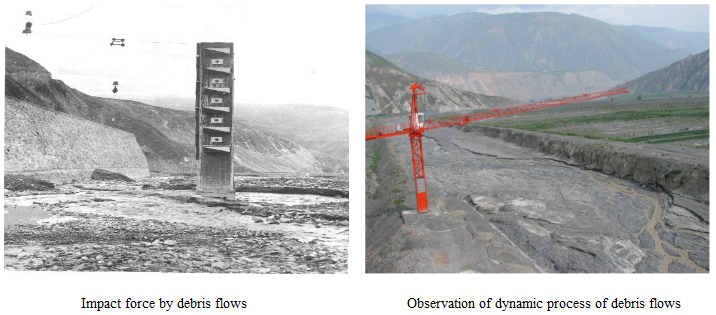
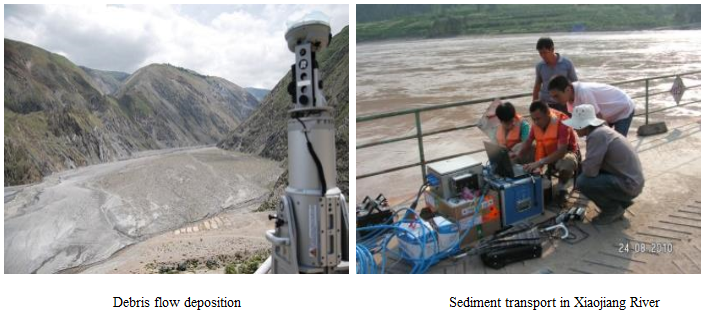
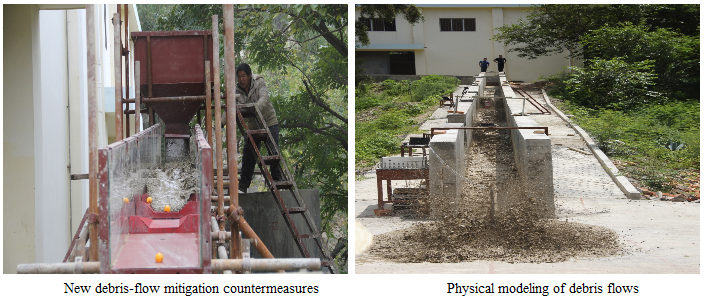
More information of DDFORS and its debris flow monitoring can be found below and in the Publications:
Cui, P., Chen, X., Wang, Y., Hu, K., & Li, Y. (2005). Jiangjia Ravine debris flows in south-western China. Debris-flow hazards and related phenomena, 565-594.
Hu, K., Wei, F., & Li, Y. (2011). Real‐time measurement and preliminary analysis of debris‐flow impact force at Jiangjia Ravine, China. Earth Surface Processes and Landforms, 36(9), 1268-1278.
downloadFile
